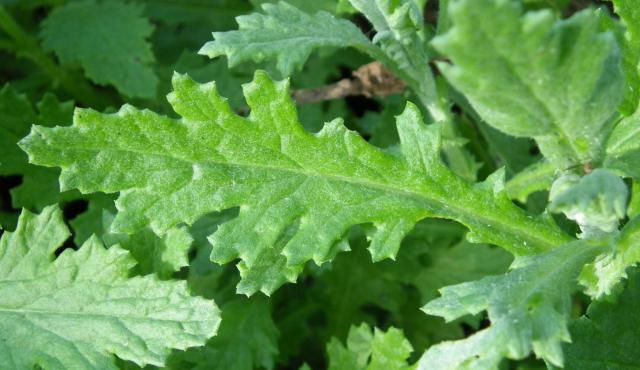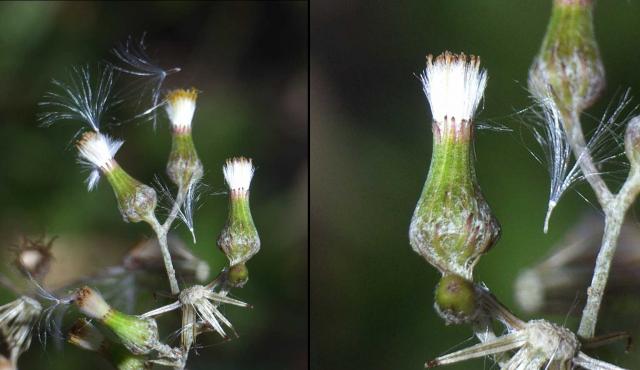A range of teacher professional learning programs will be developed to accompany the Biodiversity of the Western Volcanic Plains online outreach...



Annual Fireweed
Senecio glomeratus
Annual or short-lived perennial. Each yellow flower head is made up of many individual flowers. Insect pollinators can therefore pollinate many flowers during each visit. Central flowers have male and female parts while outer flowers are female.
| Details | Description |
| Type | Herb |
| Group | Daisy |
| Identifying Characteristics | |
| Distinctive Features | Covering of soft cobweb-like hairs. |
| Life Form Group | Herb |
| Life Form Codes | Large Herb (LH) |
| EVC types | EVC 649: Stony Knoll Shrubland |
| Native Status | Native to Australia |
| Taxonomy | |
| Phylum | Charophyta |
| Class | Equisetopsida |
| Order | Asterales |
| Family | Asteraceae |
| Genus | Senecio |
| Species | glomeratus |

Distribution maps indicate current and historic locations where species have been sighted.
Source: Atlas of Living Australia
| Endangered Status | |
| DEPI Advisory List | Not listed |
| FFG Act | Not listed |
| EPBC Act | Not listed |
The conservation status of species is listed within Victoria and Australia.
The Department of Environment and Primary Industry (DEPI) Advisory List consists of non-statutory advisory lists of rare or threatened flora and fauna within Victoria.
The Flora and Fauna Guarantee Act 1988 (FFG Act) lists threatened species in Victoria. Under the Act, an Action Statement is produced for each listed species.
The Environment Protection and Biodiversity Conservation Act 1999 (EPBC Act) is the Australian Government’s key piece of environmental legislation, listing nationally threatened native species and ecological communities.



